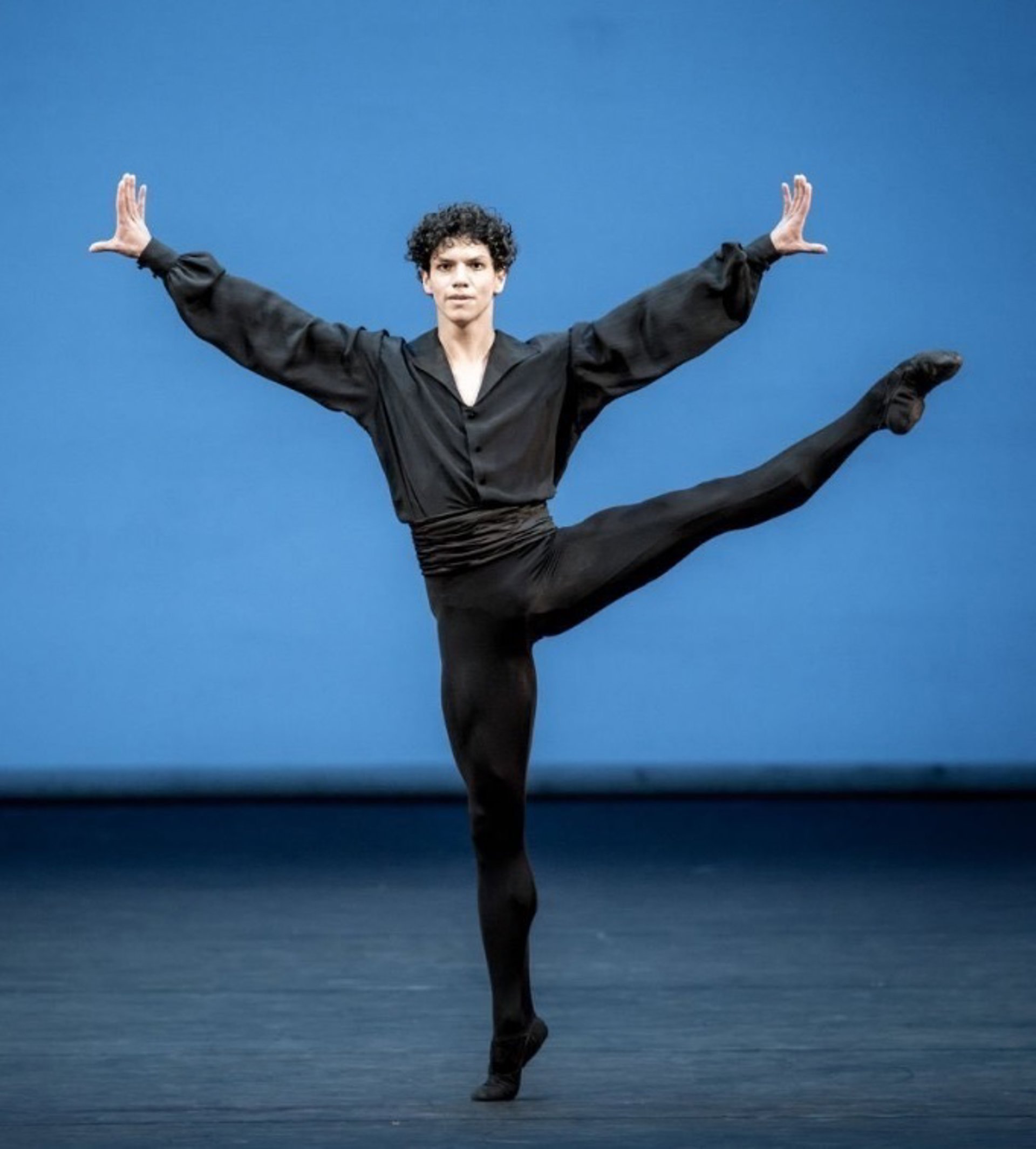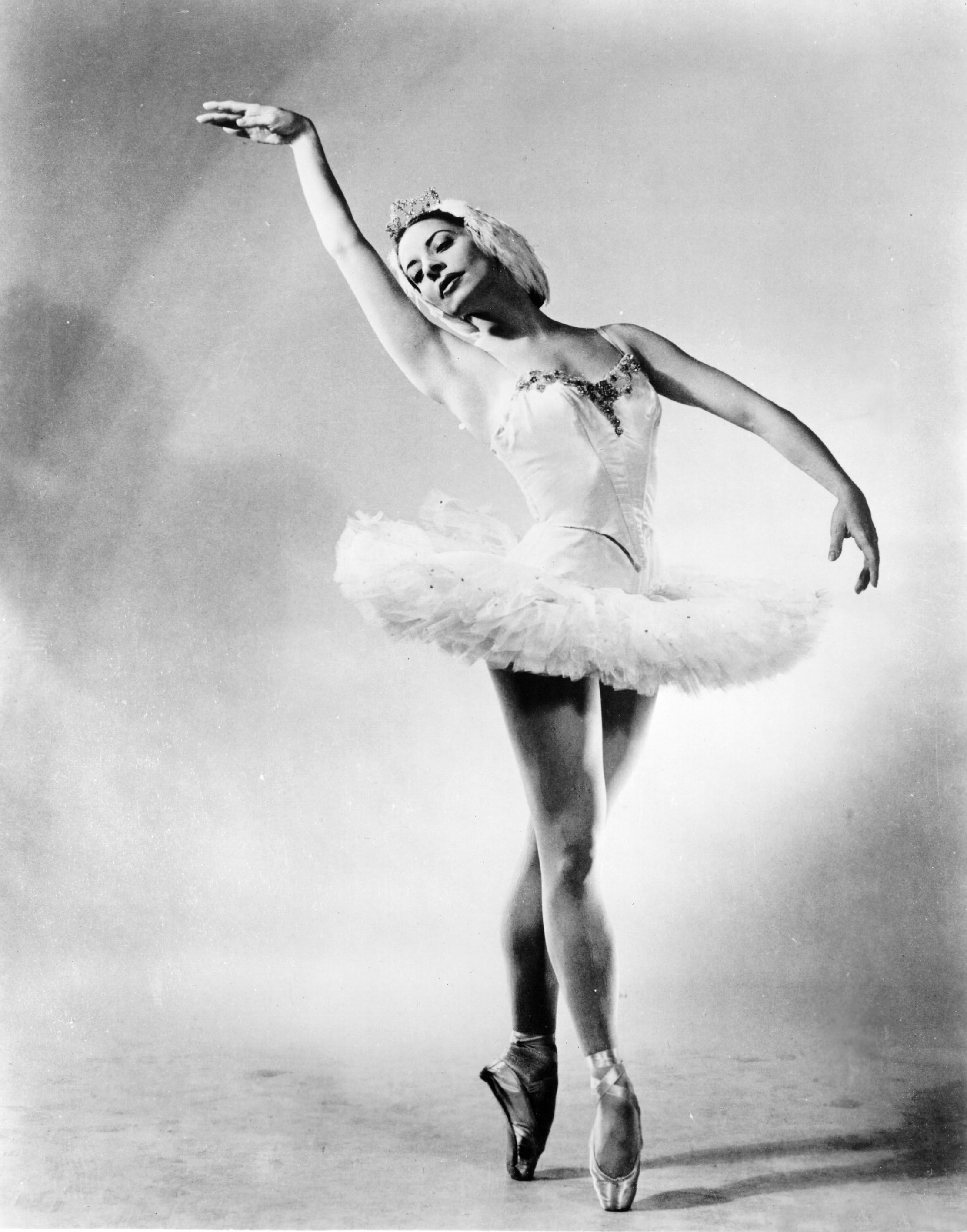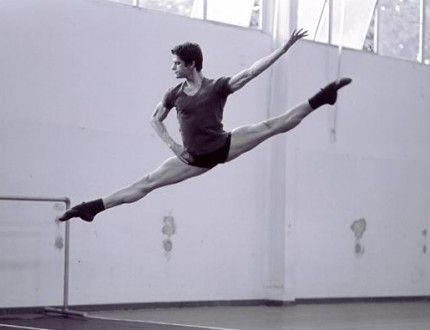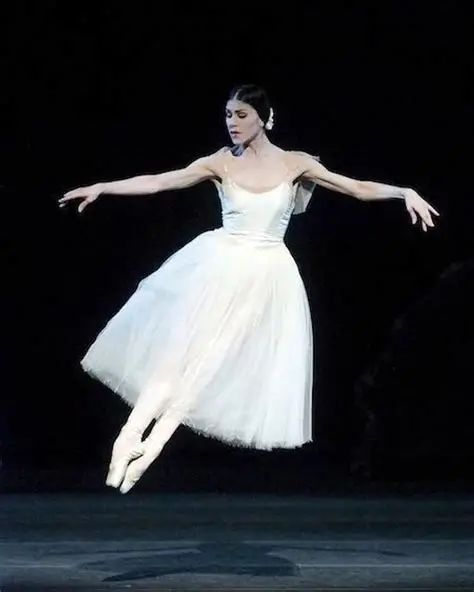
Celebrating Hispanic Heritage Month: 5 Dancers to Recognize
September 15th through October 15th is recognized as Hispanic Heritage Month, a time to honor the culture and contributions of individuals of Hispanic and/or Latin American origin. Ballet and Latin dance have frequently interacted and influenced each other, in addition to the thousands of dancers of Hispanic origin who have made their mark on the ballet stage.
Below, join us in recognizing five out of the many great figures of Hispanic and Latin American descent who have impacted the history of our art form!
Amalia Hernández Navarro
Amalia Hernández Navarro was a renowned choreographer and founder of the Ballet Folklórico de México, which established a blended cultural heritage of ballet and traditional Mexican folk dance that would become iconic throughout the world.

Amalia Hernández Navarro. Photo Courtesy of Twitter
Born in 1917, Amalia Hernández Navarro started dancing ballet at a young age, entering the National School of Dance at age 17. Afterwards, she began to work for the Fine Arts National Institute as a teacher and choreographer of modern dance. Heavy European influence there made her feel disconnected from her own heritage, leading her to study the traditional cultural dances of Mexico, and to eventually found Ballet Folklórico de México in 1952. This innovative company blended modern dance and traditional Mexican dance in a way that would rapidly rise in popularity.
With only eight company members at its inception, the group was small yet committed. Their live television debut in 1954 was met with so much praise that they presented new choreography weekly for a 67-episode run. The company expanded to twenty members from there, with Amalia Hernández Navarro leading as the director. Their success was noted by the Mexican Government, which offered it funding to tour North America as a representative of Mexican arts and culture.
After many successful tours, Ballet Folklórico de México had solidified its status as a nationally recognized dance group and a cultural icon. In total, the company has performed more than 15,000 times for more than 22 million people, one of them being President John F. Kennedy. The Company still thrives today and continues to expand on the creativity of Amalia Hernández Navarro’s choreography, combining traditional Latin and Hispanic culture with the flair of Modern Dance. Many more Folklórico dance companies have emerged from Hernández Navarro’s image, which is now a popular and well recognized form of ballet dancing.
For more information on Amalia Hernández Navarro and Ballet Folklórico de México, check out their website.
Isaac Hernández
Isaac Hernández is a Mexican ballet dancer and actor who was the first ever Mexican principal dancer at the American Ballet Theatre.

Isaac Hernandez in Mexico City. Photo Courtesy Twitter
Born in Guadalajara, Mexico, Hernández began teaching himself ballet from an early age, going so far as to build a makeshift barre in his parents’ backyard at the age of 8. At age 13, Hernández left Mexico to train at Philadelphia’s The Rock School for Dance Education. Afterwards, Hernández was a National Training Scholar at American Ballet Theatre Summer Intensive and danced with ABT II (American Ballet Theatre’s Second Company) until 2008. From there, Hernández joined the San Francisco Ballet’s corps de ballet and was promoted to soloist in 2010. He took a position in the Dutch National Ballet in 2012.
At the Dutch National Ballet, Hernández would dance many iconic roles, notably Prince Désiré in The Sleeping Beauty, which earned him a promotion to principal dancer. After a guest appearance in Swan Lake with the English National Ballet, he joined their company as a lead principal. There, Hernández would continue to grow his repertoire and premiere roles such as Albrecht in Akram Khan’s Giselle. In 2018, Hernández won the Prix Benois de la Danse, one of the most highly sought after awards for dancers, known as “the Oscar of Ballet.”
In 2022, Hernández returned to the San Francisco Ballet as a principal dancer for two years before joining the American Ballet Theatre as a guest artist. In 2025, Hernández accepted the title of principal dancer for the American Ballet Theatre, being the first dancer of Mexican ancestry to achieve this title in their main company. Currently, Hernández is an arts and tourism ambassador for Mexico and the youngest artist ever to receive an Outstanding Artist award from the Mexican president.
Hernández continues to dance with the American Ballet Theatre today and has broken into the world of acting in Netflix’s Someone Has To Die and the feature film Dreams.
Alicia Alonso
Alicia Alonso was a Cuban prima ballerina assoluta and a choreographer who founded the Ballet Nacional de Cuba. She is well known for performances worldwide, especially her embodiment of Giselle, which she danced despite visual impairment.

Alicia Alonso. Photo Courtesy Pinterest
Born in 1920, Alonso was a natural dancer who began studying ballet at Sociedad Pro-Arte Musical in Havana at the age of 11. After a noteworthy debut in Tchaikovsky’s The Sleeping Beauty, people began to pay attention to her talent, and by 1938 she was training at the School of American Ballet in New York. In this time, she would marry Fernando Alonso, who would go on to found the Ballet Nacional de Cuba alongside Alicia. In the early 40’s, Alonso began to suffer vision problems and underwent multiple surgeries accordingly. With months of on-and-off bed rest, Alonso learned the movements of Giselle in her bed. Her sight was never restored, but she still went on to dance the role of Giselle in 1943 for the American Ballet Theatre to massive praise.
Alonso was promoted to principal dancer at American Ballet Theatre and found great success, with George Balanchine even choreographing “Theme and Variations” for her. She became known for the dramatic flair she brought to her characters along with her amazing technical skills and interpretive abilities. Through this, Alonso continued to suffer from vision loss, but made creative adaptations such as utilizing a thin wire that blocked her from falling into the orchestra pit along with different colored spotlights so that she could sense where she was on the stage.
In 1948, Alonso returned to Cuba to found her own company, the Alicia Alonso Ballet Company, which would be known as the Ballet Nacional de Cuba within a few years. Her husband, Fernando, acted as director of the company, with Alicia dancing the lead roles. Alonso would also travel as a guest artist, dancing in Russia and Paris, and annually touring with the Ballet Russe de Monte Carlo. Alonso remained the director of Ballet Nacional de Cuba and even founded a ballet school.
Alonso’s legacy lives on after her as one of the most famous Cuban ballerinas, the founder of the Ballet Nacional de Cuba, and a teacher who has prepared great dancers of the next generation.
Thiago Soares
Thiago Soares is a Brazilian ballet dancer who trained at the Centre for Dance Rio and danced with the Rio de Janeiro Municipal Theatre Ballet before eventually joining the Royal Ballet, making his way up to Principal Dancer in 2006. He has been heavily awarded by his home country and enjoys a successful career around the world to this day.

Thiago Soares. Photo Courtesy of Pinterest
Born in 1981, Soares first danced in a hip hop group in Rio de Janeiro before earning a scholarship to train in classical dance at the Center for Dance Rio. After graduation, Soares joined the Rio de Janeiro Municipal Theatre Ballet, where he performed leading roles in The Nutcracker, Swan Lake, La Bayadère, Romeo and Juliet, and Don Quixote. His success led to a brief period with the Kirov Ballet and the Russian State Ballet, but by 2002, Soares had joined the Royal Ballet in England. During this time, Soares danced in some of the company’s strongest repertoire, including the title role in Onegin, Siegfried in Swan Lake, the Nutcracker Prince in The Nutcracker, Albrecht in Giselle, Romeo in Romeo and Juliet, along with lead roles in Fokine’s The Firebird, Balanchine’s Four Temperaments, Symphony in C, Jewels, and more.
After years of success in England, Soares returned to Brazil to open his own dance studio StudioTSmaisdanca. Now, Soares serves as Artistic Director for the Ballet de Monterrey in Mexico and dances as a guest artist around the world. He remains tied to his roots as a member of the board of the Brazilian institute at King’s College London, where he received an honorary doctorate in 2020. Soares’ spectacular career also earned him the Medal of Cavalier of the order of Rio Branco and the Order of Cultural Merit, the highest honors for service in the arts awarded by the Brazilian government.
For more information on his life and dedication to Brazilian culture, check out the documentary Principal Dancer on the life and journey of Thiago Soares.
Paloma Herrera
Paloma Herrera is one of the most popular Argentine ballet dancers, known for her time with the American Ballet Theatre and her years as director of the Colon Theater Ballet.

Paloma Herrera as Giselle (2015). Photo by Gene Schiavone, Courtesy American Ballet Theatre
Born in Buenos Aires, Herrera began studying ballet at the age of seven with Olga Ferri, a retired prima ballerina from the Ballet of the Teatro Colón. She quickly became a child prodigy in South America, where she won many competitions. She trained briefly at the Minsk Ballet School in Belarus before returning to Buenos Aires, where she was cast as Cupid in Don Quixote at the Teatro Colón.
This production contributed to Herrera’s growing reputation and resulted in an invite by Natalia Makarova to study under her at the English National Ballet in London. From here, Herrera studied at the School of American Ballet in New York City, where she left a lasting impressing as the lead in Raymonda at the school’s annual showcase. At the young age of 16, Herrera officially became a member of the American Ballet Theatre’s corps de ballet, where she would be promoted to soloist and then principal dancer by 1995.
Herrera officially emigrated to America and was honored for achievements as a ballerina by the American Immigration Law Foundation. Herrera continued as a principal dancer with American Ballet Theatre until her retirement in 2015. During her career, Paloma was praised as one of “The Top Ten Dancers of the Twentieth Century” by Dance Magazine and a “Leader of the Millennium” by TIME Magazine. She also is a member of the Artist Committee for the Kennedy Center Honorees, a high honor for artists living in America. After an over 20-year career with the American Ballet Theatre, Herrera emigrated back to Argentina to reconnect with her roots. She later served as the Director of the Colon Theater Ballet in Buenos Aires.
While these are just a few figures who have left their mark on the history of ballet, we encourage you to celebrate these individuals— as well as the thousands more who continue to uplift their communities and showcase the power of ballet— this Hispanic Heritage Month.
